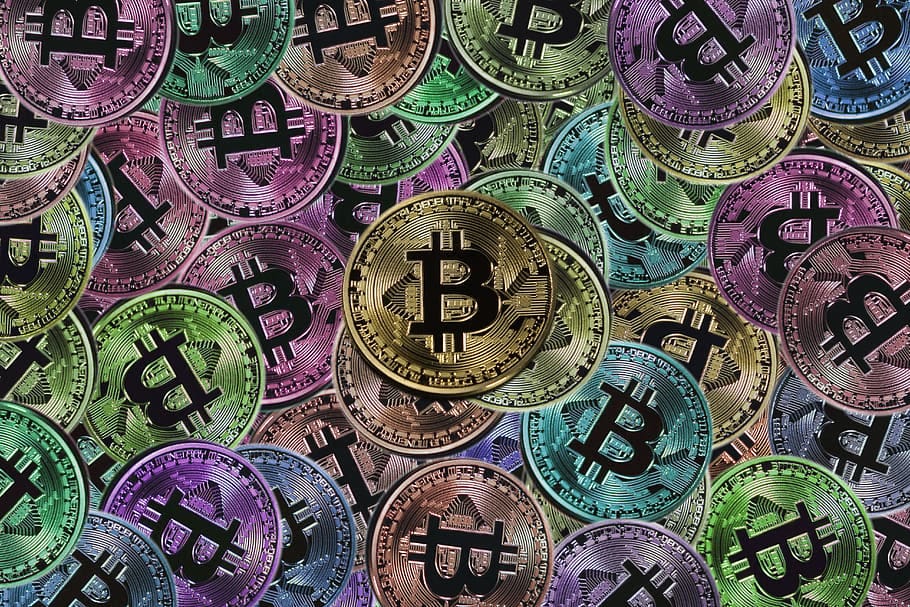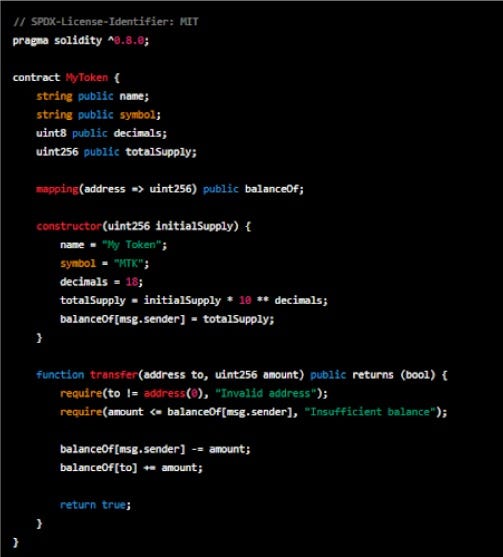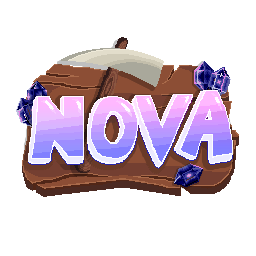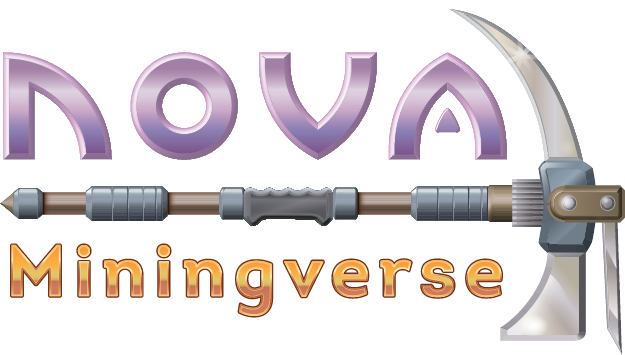
Tokenization has been one of the most significant use cases of blockchain technology, enabling the creation of new forms of digital assets that are programmable, fungible, and transferrable. Tokens can represent anything from financial assets, such as stocks and bonds, to non-fungible assets, such as artwork and gaming items.
Nova, for example, decided to tokenize the whole game ecosystem in order to guarantee equal market conditions to all players, ensuring equity when it comes to the competitive side of the title
If you’re planning to launch a token for your web3 project, you have several options to consider. In this article, we’ll explore different ways to launch a token and provide examples and best practices for each method.
- Create a custom token on Ethereum or other blockchains
One of the most common ways to launch a token is by creating a custom token on a blockchain like Ethereum. This requires writing a smart contract that defines the token’s properties, such as its name, symbol, decimals, total supply, and initial distribution.
Creating a custom token gives you full control over its supply, distribution, and other parameters, but it also requires expertise in smart contract development and security. You’ll need to write, test, and deploy the smart contract on the blockchain, which can be a time-consuming and complex process.
Here’s an example of a simple ERC-20 token smart contract written in Solidity:

This contract creates a token called “My Token” with the symbol “MTK” and 18 decimal places. The total supply is set to an initial value specified in the constructor, and the balance of the token holder who deploys the contract is set to the total supply.
The transfer function allows token holders to transfer their tokens to another address, provided they have sufficient balance. The function checks for invalid addresses and insufficient balances and returns a boolean value indicating whether the transfer was successful.
To deploy this contract on Ethereum, you’ll need to use a development environment like Remix or Truffle, write tests to ensure the contract works as intended, and deploy the contract to the blockchain using a tool like Ganache or Infura.
2. Use an existing token standard
If you don’t want to create a custom token, you can use an existing token standard like ERC-20, ERC-721, or ERC-1155. These standards have already been established and are widely recognized in the blockchain space, which can make it easier to integrate your token into existing platforms and wallets.
ERC-20 is the most popular token standard and is used by most utility tokens. ERC-721 is used for non-fungible tokens (NFTs), which represent unique assets that are not interchangeable. ERC-1155 is a newer standard that allows for the creation of both fungible and non-fungible tokens within the same contract.
Using an existing token standard can save you time and effort in development and testing, but it may limit your ability to
3. Launch a token on a specialized platform
There are also specialized platforms that allow you to launch your own token without needing to write smart contracts or interact directly with the blockchain. Some examples include Mintable, OpenZeppelin, and Token Factory.
4. Launch a token through a token launchpad
Token launchpads provide a platform for launching tokens and often offer additional services like marketing, fundraising, and community building. Examples of token launchpads include Polkastarter, DuckStarter, and Bounce.
5. Fork an existing token
Forking an existing token means copying the code and making changes to create a new token. This can be a quicker way to launch a token, but it may not offer the same level of customization and control as creating a custom token from scratch.
In our opinion, the most convenient towards decentralization is always the creation of a custom token in a network of your preference. The reason is quite easy to see: launchpads, third-party platforms and forks will limit your project, not only when it comes to expanding the reach but also in interaction experience (higher fees, hack vulnerabilities, relying on employees out of your circle). In the case of token standards, the eyes go to the fees: ERC20 is right now the most expensive network you could use, granting a high quality of investors and removing the noisy ones, but limiting your reach in the end.
In Nova, we had it clear, multisolution partnered with different networks, but this was only once our own token was created. What will you choose?
Keen to learn more?
Read the Nova Miningverse Whitepaper
Stay close: Telegram | Nova Miningverse Twitter | LinkedIn | Website | YouTube | Discord

